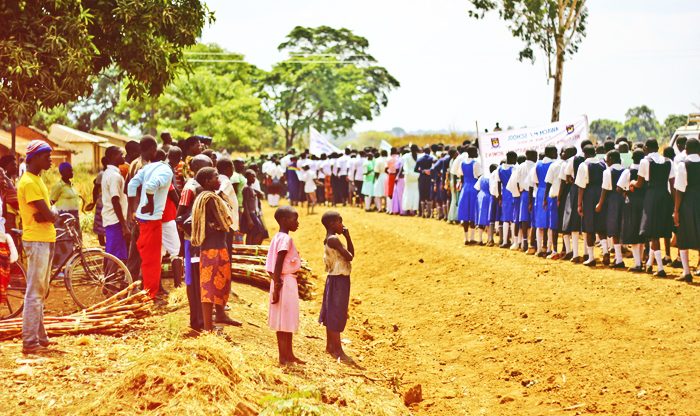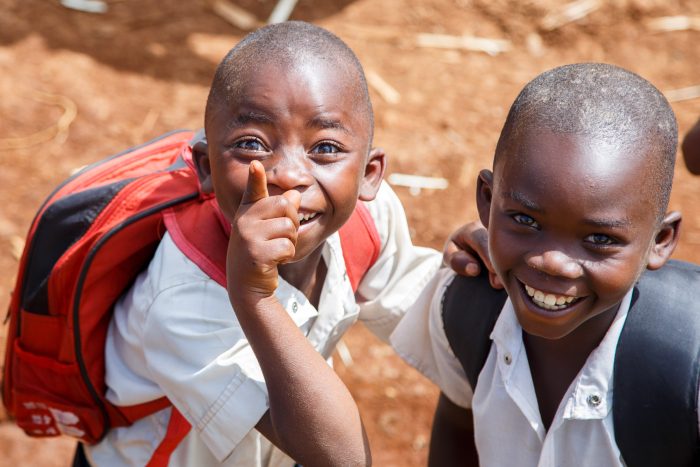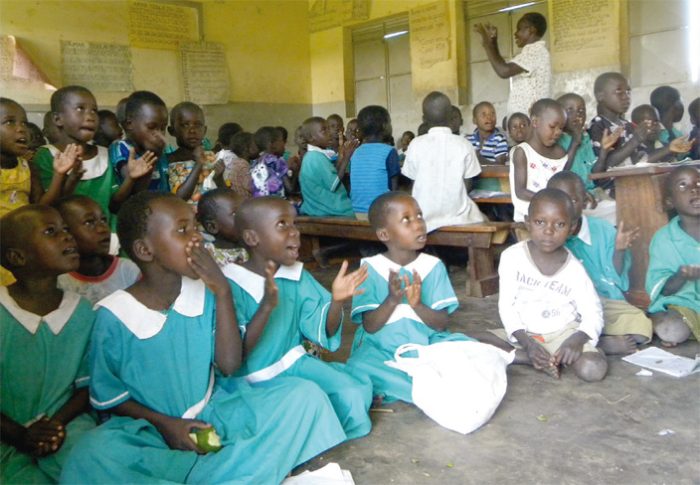
International Women’s Day is a global day for celebrating the economic, political, social and environmental achievements of women past, present and future. At the same time, however, it is also a day for highlighting the inequities and challenges which still need to be addressed regarding women’s involvement in all sectors of society.
Environment is one of them.
The environment is under enormous pressure, more than ever before. And, for years, natural resources have been under male dominance and stewardship which has accelerated destruction and extinction of more wildlife species. In the last few years, women have taken some key positions in our society and mainly in the political sphere.
But it’s high time we recognized that more needs to be done to include women in environmental decision-making and to identify solutions to environmental challenges. Involving women in conservation and environmental leadership is critical in ensuring that Uganda’s natural heritage is conserved, and the economic opportunities that it provides are sustained for generations to come.
It is widely documented and acknowledged that women in developing countries are both highly dependent on ecological goods and services and are highly vulnerable to environmental degradation and crisis. Women make multiple choices every day that affect the environment and are equally subject to an environment which affects them and their daily activities in multiple ways. Most women in sub-Saharan Africa have traditional responsibilities as food growers, water and fuel gatherers, and care-givers. The gender-specific division of labor in rural agricultural societies means that many negative environmental effects are confined to women.
For these reasons and others, making sure that women have a greater say and greater involvement in environmental decision-making and conservation is critical to the pursuit and achievement of sustainable development in Uganda. Women need to play a direct role in safeguarding the natural resources on which they and future generations are dependent, from the community level up to the highest levels of international policy-making and law.
Critically, however, enabling and supporting structures for women’s involvement in conservation and natural resource management needs to be proactively developed. In many cases in Uganda, conservation and related institutions, whether public or private, are not adequately structured for women’s involvement, do not recognize the unique contribution that women can make to the sector, and do not recognize the obstacles that women face in order to become involved in the sector or the challenges that they may face in the field.
I have been fortunate to witness a start of such initiatives under my professional work with the USAID/Uganda Biodiversity Program, implemented by the African Wildlife Foundation that partnered with Uganda Wildlife Authority to launch Women in Conservation program as part of its strategy to build women capacity in biodiversity conservation management in Uganda. Under this program, five women who are regarded as conservation champions, formed a working group to spearhead women’s involvement in influencing environmental and conservation policy and practice. These are Dr. Gladys Kalema – Executive Director, Conservation Through Public Health; Lilly Ajarova – Executive Director, Chimpanzee Sanctuary and Wildlife Conservation Trust; Pauline Nantongo – Executive Director, EcoTrust; Helen Lubowa – Executive Director – Uganda Community Tourism Association and Dr. Dianah Nalwanga – Senior Program Officer, Nature Uganda. They also established a mentoring program to build capacity in young girls to ensure the sustainability of conservation and the economic benefits that it brings.
As always said, there is no doubt that world is unique for every human being, but, in general, women’s lives vary greatly from those of men because of patterns of socialization related to gender. In terms of the environment, women around the world play distinct roles: in managing plants and animals in forests, drylands, wetlands and agriculture; in collecting water, fuel and fodder for domestic use and income generation; and in overseeing land and water resources. By so doing, they contribute time, energy, skills and personal visions to family and community development. Women’s extensive experience makes them an invaluable source of knowledge and expertise on environmental management and appropriate actions.
The writer has over 6 years of working in conservation industry.
![Women Leadership Development [WLEDE]](https://wlede.org/wp-content/themes/kipya/images/logo-WLEDE.png
)




